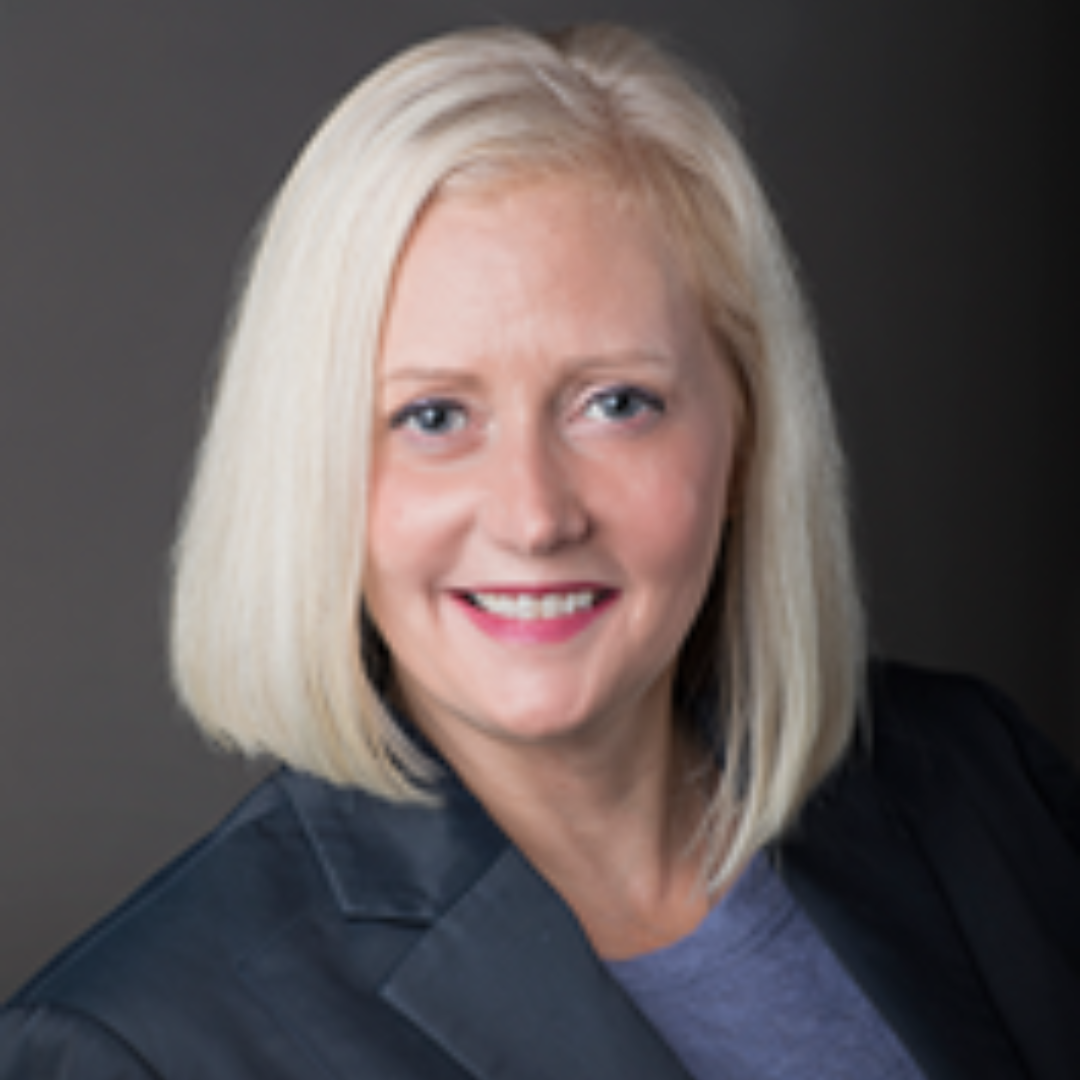What makes a program relationship pop?

What makes a program relationship pop? | Insurance Business America
Programs
What makes a program relationship pop?
Plus, what makes program partnerships go pop
Building a program relationship takes time and trust. Two program leaders at major insurance carriers, Arch Insurance and Nationwide, spoke to IBA to share what gets them excited about a program partnership and what might stop one in its tracks.
The program leaders shared:
What gets insurers excited about a potential program?
 For Amber Wayne (pictured right), Nationwide SVP programs E&S specialty, identifying that niche is critical.
For Amber Wayne (pictured right), Nationwide SVP programs E&S specialty, identifying that niche is critical.
“First and foremost, [the question for me] is, are we serving a niche part of the insurance marketplace that’s best served in a program model?” Wayne said. “That typically looks like something that requires significant underwriting expertise and distribution relationships.”
Sometimes, an idea may be too big. If targeted insurance buyers do not have special risk management or extensive underwriting expertise needs then the business is less likely to be a good fit.
“Occasionally, we’ll get opportunities that come in where we’re dealing with an individual who’s got a very strong entrepreneurial spirit, that wants to run their own business,” Wayne said. “In the spirit of the insurance marketplace, there are things that just belong in the retail or broker segment, whereas there are certain segments where… a program model makes more sense.”
 Arch programs business SVP Brian Farrell (pictured left) also pointed to the importance of finding that niche.
Arch programs business SVP Brian Farrell (pictured left) also pointed to the importance of finding that niche.
“A [program] partner has to be a mile deep and not a mile wide – they have to really understand their niche in the market and it has to be a true specialty niche,” Farrell said. “In my time I’ve seen programs that come your way and I shake my head, because I [question whether they are] really specialty, and if you’re out there competing against traditional carriers and traditional distribution, that’s a recipe for failure.”
Like Wayne, Farrell stressed the importance of long-term relationships. The business adds new managing general agent (MGA) program partners “infrequently”, despite the phone ringing “nonstop”. All of the insurer’s program partners share “common traits”, he said.
Key among these, a commitment to data, unique expertise and proactive risk management services.
“If they have those three things, it’s an alignment of interests between us when we look at a specific market and they look at the same market,” Farrell said.
When it comes to data, the insurer is not just looking for a program partner that looks at statutory reporting or rating information. Program administrators that capture third-party data beyond what they see at submission can prove the “most interesting”.
Property may be the “obvious place” for such data analysis to come into play, but a want for this extends across all lines.
“I’d say we’re very discriminating when it comes to bringing on new partners; we like to see a track record of success, we obviously want to make sure we align in our interests, that they look at their market the same way we do,” Farrell said.
For Arch, it’s key to have a partner that can collaborate and deliver with discipline through market cycles, even as opportunities for growth ebb and flow.
“We’re looking for 10-year, 20-year relationships, not three-year relationships,” Farrell said. “If we’re not like minded that we’re in this for the long haul and have the corresponding level of underwriting scrutiny, it’s not going to work.”
Arch program appetite
Number of program partnerships: 15
Estimated number of programs: 40+
Premium written through programs: $800M+
Length of longest running program partnership: 20+ years
When most recent program partner was added: 2023
How do insurers measure program success?
It can take years for an insurer to get a comprehensive understanding of the results a program is delivering. Given this, Arch looks to “leading indicators” as a benchmark for success in a program or partnership’s early months.
“The leading indicators would be, is [business] coming in the way we expected it to, or have we had an unusual amount of success somewhere we didn’t expect – which we will be appropriately paranoid about – or do we not have success on where we thought we would, in which case we need to revisit a plan?” Farrell said.
Farrell pointed to Brownyard Group as an example of a stellar program administrator partner, in particular highlighting its security guard program. The businesses have worked together for more than 20 years.
“The common value [Brownyard] share with us is never fully trusting success,” Farrell said. “Sometimes tremendous success in an unexpected amount of time is a data point that needs to be looked into and researched.
“[We also work together to] quickly address any failures we have – we’re always tweaking.”
Getting to grips with how successful a program partnership is proving requires a balancing scale, according to Wayne. Traditional metrics, like program scale or results performance, come into play over a longer-term period. For Nationwide E&S, which has two programs in its portfolio that are more than 30 years old, longevity is key. Data has become increasingly important.
“In addition to the relationships that you’re building… I see the program manager model of the future being about that data exchange, and really making sure that you’re staying on the same page with your partners on what business you’re writing or not writing,” Wayne said.
Typically, program administrators that are approaching insurers are part of a bigger program business rather than building new ventures, Wayne said. Nationwide E&S tends to prefer those larger partner relationships.
Nationwide program appetite
Estimated number of programs: 45 to 50 at any one time
Premium written through programs Over $1 billion
Length of longest running program partnership: 38 years
When most recent program partner was added: January 2024
How do insurers decide when to exit a program?
Both Wayne and Farrell said it is rare that they will exit a program partnership, but it does happen on occasion.
“Over time, if someone becomes not the right partner it becomes pretty evident before the numbers even tell you,” Farrell said. “The good news is, in recent years, that hasn’t been an issue for us, maybe because we’re much more discriminating and some about bringing on new partners.”
How an MGA reacts to the leading indicators the pair track can be telling. If Arch and the program partner are “no longer aligned”, this can be a strong sign that a partnership has run its course, according to Farrell.
“There’s always healthy friction, because that’s how business gets done,” Farrell said. “When that friction becomes unhealthy, that’s usually because your interests are no longer aligned.”
For Nationwide E&S, partnership exits have followed performance reviews and partnership discussions when a program is not matching up to scale or results expectations.
“In my term over the Nationwide E&S programs department, we do exit just a few programs but when you look at our broader portfolio, it’s really, it’s not been something we have to do very often,” Wayne said. “The program industry went through a little bit of a churn two, three, four years ago, in making sure everybody’s portfolios were in good shape – I would tell you that our portfolio is in really good shape [right now].”
What makes a program partnership pop? Share your perspective in the comments section below.
Related Stories
Keep up with the latest news and events
Join our mailing list, it’s free!






